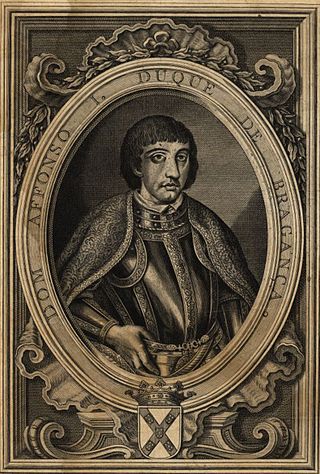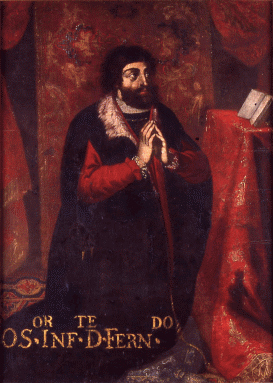The 1380s was a decade of the Julian Calendar which began on January 1, 1380, and ended on December 31, 1389.
Year 1458 (MCDLVIII) was a common year starting on Sunday of the Julian calendar, the 1458th year of the Common Era (CE) and Anno Domini (AD) designations, the 458th year of the 2nd millennium, the 58th year of the 15th century, and the 9th year of the 1450s decade.
The 1390s was a decade of the Julian Calendar which began on January 1, 1390, and ended on December 31, 1399.
Year 1384 (MCCCLXXXIV) was a leap year starting on Friday of the Julian calendar.
Year 1396 (MCCCXCVI) was a leap year starting on Saturday of the Julian calendar.
Year 1409 (MCDIX) was a common year starting on Tuesday of the Julian calendar.
John I may refer to:

Valdemar II Valdemarsen, later remembered as Valdemar the Victorious, was King of Denmark from 1202 until his death in 1241.
An heir presumptive is the person entitled to inherit a throne, peerage, or other hereditary honour, but whose position can be displaced by the birth of a person with a better claim to the position in question. This is in contrast to an heir apparent, whose claim on the position cannot be displaced in this manner.
Peter I may refer to:

Charles, Prince of Viana, sometimes called Charles IV of Navarre, was the eldest son of King John II of Aragon and Queen Blanche I of Navarre. He pre-deceased his father.
John II may refer to:

Ferdinand I named Ferdinand of Antequera and also the Just was king of Aragon, Valencia, Majorca, Sardinia and (nominal) Corsica and king of Sicily, duke (nominal) of Athens and Neopatria, and count of Barcelona, Roussillon and Cerdanya (1412–1416). He was also regent of Castile (1406–1416). He was the first Castillian ruler of the Crown of Aragon.

Infanta Beatrice of Portugal was a Portuguese princess by birth and Duchess of Savoy by marriage to Charles III, Duke of Savoy. She was the ruling countess of Asti from 1531 to 1538.

Dom Afonso I of Braganza was the first duke of Braganza and the eighth count of Barcelos. He founded the House of Braganza, the most powerful and wealthy dynasty in Portugal. His descendants became high-ranking nobles, imperial officials, and finally kings of Portugal and emperors of Brazil.

Infante Ferdinand, Duke of Viseu and Beja was the third son of Edward, King of Portugal and his wife Eleanor of Aragon.
Isabella of Castile most often refers to Queen Isabella I (1451–1504).

The Portuguese House of Burgundy or the Afonsine dynasty was a Portuguese dynasty that ruled the Kingdom of Portugal from its founding until the 1383–85 Portuguese Interregnum.